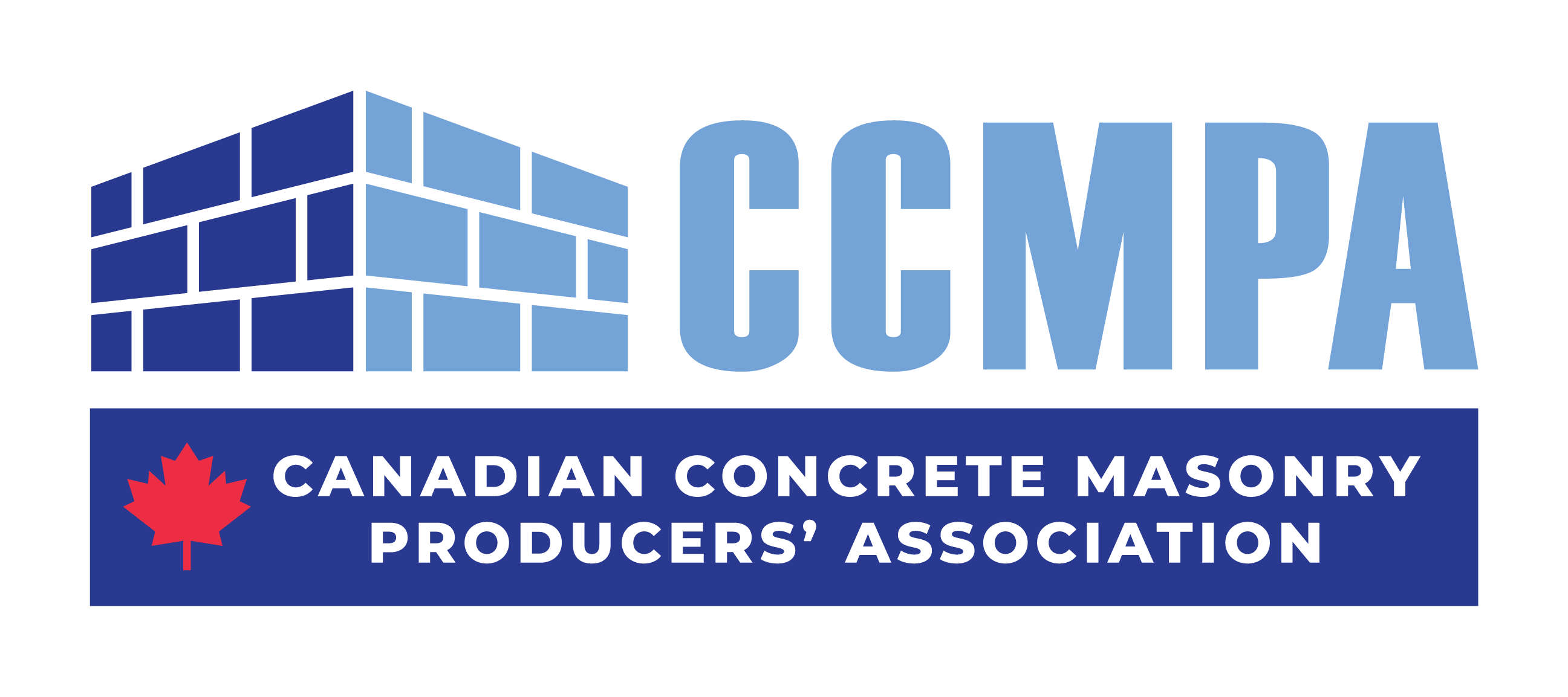By Gary Sturgeon, P. Eng., National Concrete Masonry Association
The Objective-Based National Building Code of Canada gives too much leeway in what constitutes a reliable firewall, says the author.
The 1995 National Building Code of Canada prescribed that all firewalls be constructed of masonry or concrete. The fundamentals for fire performance and structural integrity were thereby assured by this simple requirement, and by the resulting properties inherent in masonry and concrete.
In radical contrast, the Objective-Based 2005 National Building Code of Canada (NBCC) permits a firewall having a fire-resistance rating of not more than 2 hours to be constructed of materials other than concrete or masonry. This provision means designers may use alternative firewalls, such as the proprietary “Area Separation Wall” now marketed by the gypsum industry. (It consists of two layers of 25 mm gypsum board positioned in metal H-studs clipped to wood frame construction.)
A firewall must prevent the spread of fire between the compartments it separates and must not be susceptible to being damaged to the extent that would allow fire to spread during its required fire-resistance rating. A firewall must be designed as a structural element.
On occasion, designers might consider substituting a masonry or concrete firewall with an alternative for a perceived first-cost benefit. But it is essential that the structural engineer exercises caution, prudence and diligence to avoid specifying an alternative construction that simply cannot perform the intended functions of a firewall.
Under the Objective-Based NBCC-05, verifying compliance of an alternative solution to 2-hour firewalls of masonry or concrete is confusing because the code’s technical requirements are incomplete, not clear, contradictory or absent.
This code does not identify all of the required functions and attributes of a firewall. Nor does it identify the tests needed to establish performance, nor the acceptable minimum, quantified levels of performance. Moreover, there exists no consensus-based firewall standard or technical guideline for ease of reference.
In contrast to the NBCC-05, the 2006 Ontario Building Code places limits on the use of 2-hour alternative firewalls. With these limits, the Ontario code acknowledges that 2-hour firewalls of other than concrete or masonry likely cannot offer the same level of fire performance. Additionally, the OBC-06 requires the level of performance of such alternative firewalls to be not less than that of masonry or concrete during fire conditions. The firewall must not be subject to mechanical damage during the normal use of the building, and it must have resistance to damage from moisture. Thus, the designer must clearly demonstrate, by way of standardized tests and comparisons, that alternative firewalls offer equivalency to masonry or concrete firewalls in all areas of fire and structural performance.
What’s needed to demonstrate equivalency?
Despite these improvements compared to the NBCC-05, the Ontario Building Code conspicuously omits a comprehensive list of firewall functions and attributes, and the resulting essential properties and characteristics needed for each. To demonstrate equivalency, rationally, all of the essential properties, characteristics and attributes inherent in masonry and concrete firewall construction should be examined. These would include: resistance to renovation and abuse; resistance to mechanisms of deterioration without maintenance (durability); repeatability in the field, using normal construction practices; fire resistance rating without need for a duplicate specimen ULC S101 fire test; structural and fire resistance to direct, localized impact during fire; and overall and local structural integrity and serviceability at elevated temperatures.
The Alberta Building Code (ABC-06) adopted the NBCC-05 requirements without change. However, Alberta did clarify and interpret these firewall requirements in Standata 06-BCI-
005-R1 released in February 2008.1 The clarifications include: (a) eliminating the use of duplicate specimens to establish fire-resistance rating under ULC S101 fire test; (b) evaluating the damage protection features using the resistance of masonry
and concrete as the baseline for acceptance; and (c) clearly identifying the design professional as the individual responsible for ensuring that evaluations have been performed.
With the absence in our building codes of the fundamentals needed to establish and verify the performance of firewalls under a performance specification — that is, in the absence of
a comprehensive list of identifiable functions and properties that are measurable and verifiable — a rational engineering approach to the design of alternative firewalls is functionally prohibitive. Verifying compliance is arguably impossible. As such, the building official will be compelled to challenge vehemently the design process, testing,performance baselines, and all design and construction criteria used by a designer who is seeking to show the code compliance of a 2-hour firewall that is constructed of anything other than masonry or concrete.
Beyond the rhetoric and claims, the simple truth is that the purveyors of the “Area Separation Wall” presently cannot demonstrate the product’s fire performance equivalency to masonry and concrete firewalls, nor demonstrate its code compliance using the fundamental principles of a performance-based specification.




